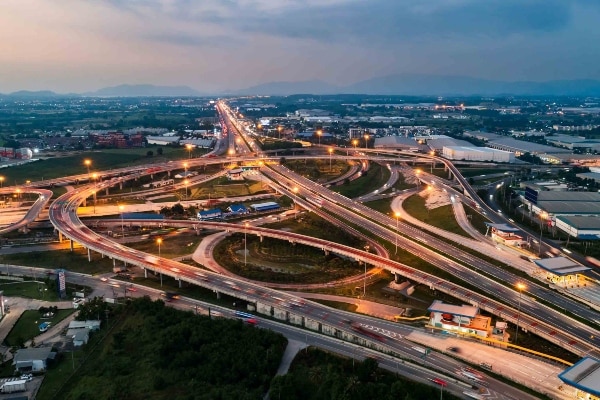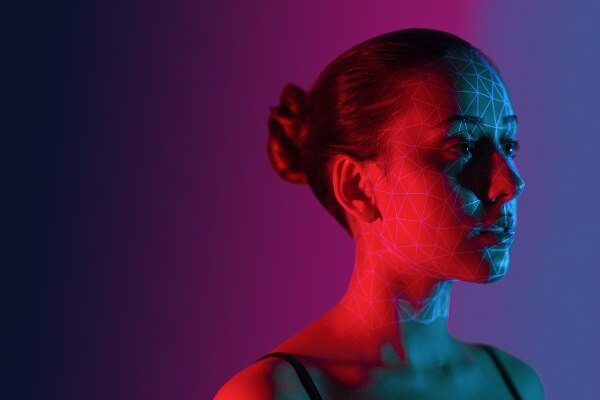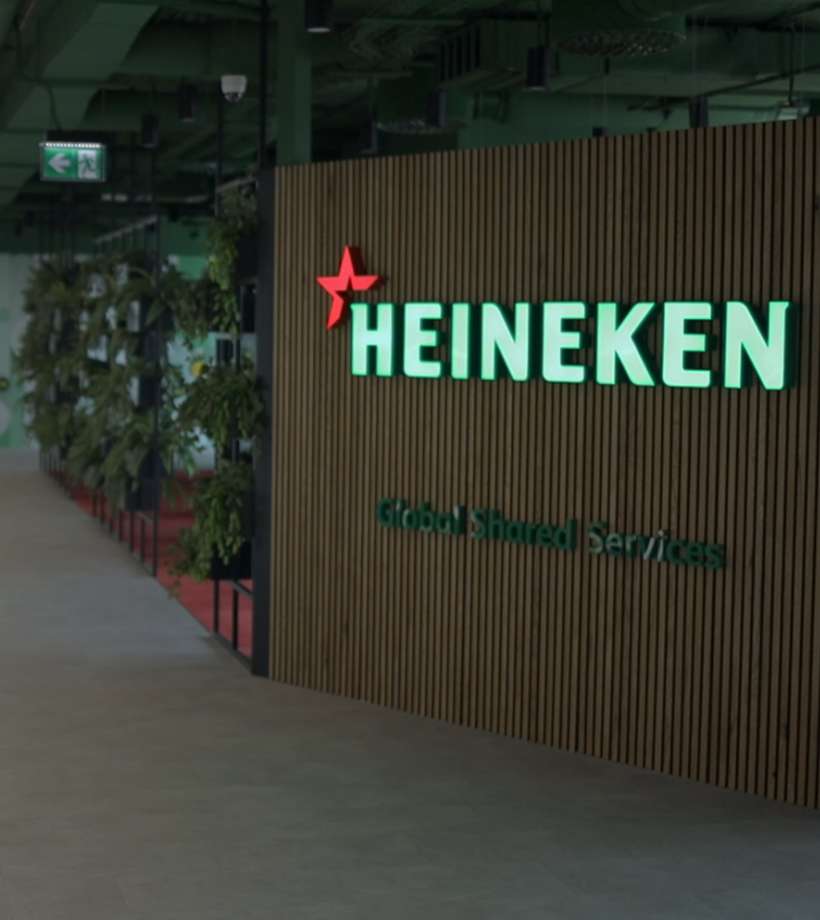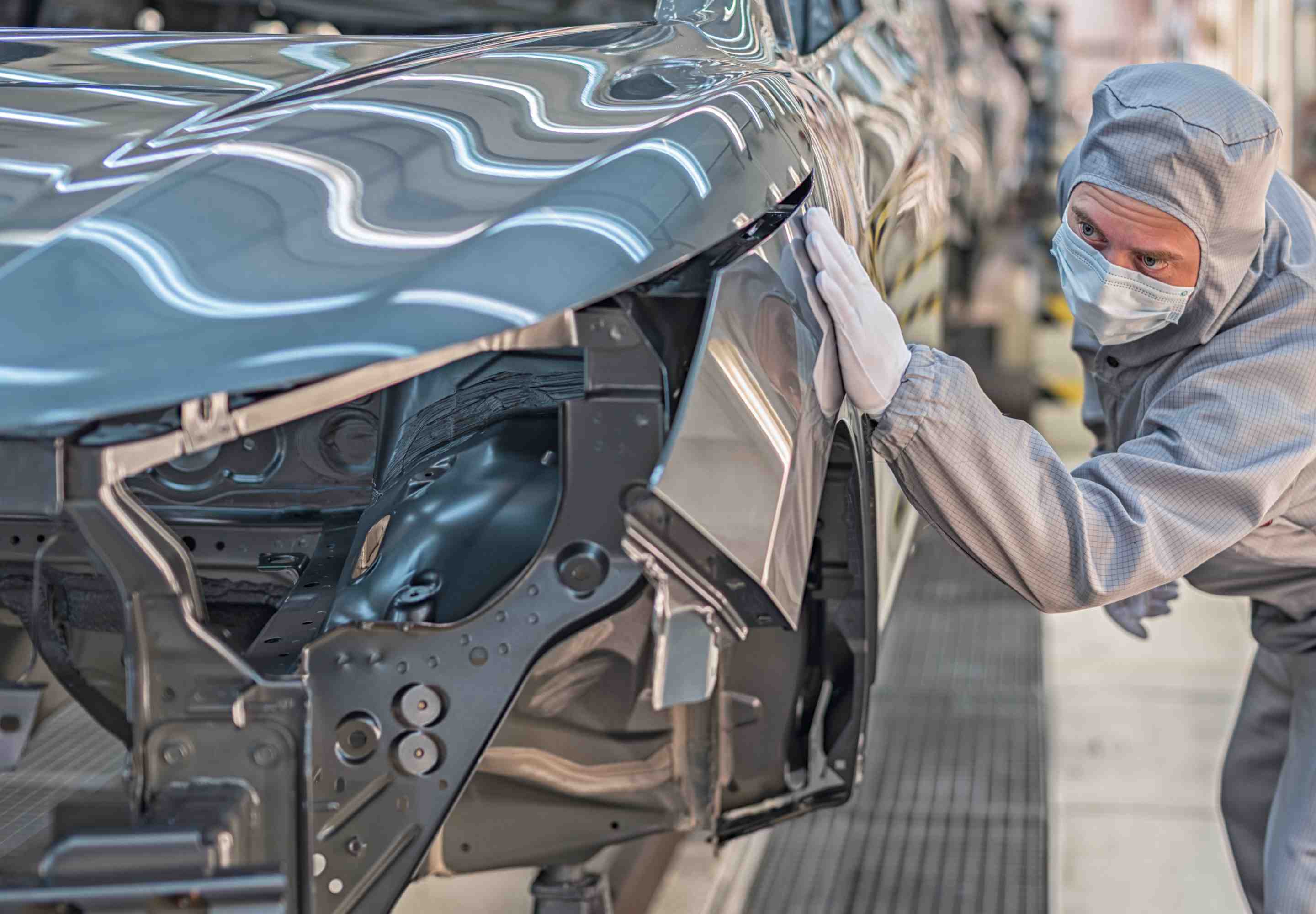-
Featured services
2026 Global AI Report: A Playbook for AI Leaders
Why AI strategy is your business strategy: The acceleration toward an AI-native state. Explore executive insights from AI leaders.
Access the playbook -
Services
Alle Services und Produkte anzeigenNutzen Sie unsere Fähigkeiten, um die Transformation Ihres Unternehmens zu beschleunigen.
-
Services
Network-Services
Beliebte Produkte
-
Services
Cloud
Beliebte Produkte
-
Services
Consulting
-
Edge as a Service
-
Services
Data und Artificial Intelligence
- KI und intelligente Lösungen
- Daten-/KI-Strategie und -Programm
- Data Engineering und Plattformen
- Daten-Governance und -management
- Datenvisualisierung und Entscheidungsfindung
- $name
- GenAI Platforms
- GenAI Industry Services
- GenAI Infrastructure Services
- GenAI Value Transformation
- Data und Artificial Intelligence
-
-
Services
Global Data Centers
-
Beliebte Produkte
-
Services
Application Services
-
Services
Sustainability Services
-
Services
Digital Workplace
-
Services
Business Process Services
-
Services
Generative AI
-
Services
Cybersecurity
-
Services
Enterprise Application Platforms
![]()
IDC MarketScape: Anbieterbewertung für Rechenzentrumsservices weltweit 2023
Wir glauben, dass Marktführer zu sein eine weitere Bestätigung unseres umfassenden Angebotes im Bereich Rechenzentren ist.
Holen Sie sich den IDC MarketScape -
-
Erkenntnisse
Einblicke und RessourcenErfahren Sie, wie die Technologie Unternehmen, die Industrie und die Gesellschaft prägt.
-
Erkenntnisse
Ausgewählte Einblicke
-
Die Zukunft des Networking
-
Using the cloud to cut costs needs the right approach
When organizations focus on transformation, a move to the cloud can deliver cost savings – but they often need expert advice to help them along their journey
-
So funktioniert Zero-Trust-Sicherheit für Ihr Unternehmen
Sorgen Sie dafür, dass Zero-Trust-Sicherheit für Ihr Unternehmen in hybriden Arbeitsumgebungen funktioniert.
-
-
Erkenntnisse
![]()
Copilot für Microsoft 365
Jeder kann mit einem leistungsstarken KI-Tool für die tägliche Arbeit intelligenter arbeiten.
Copilot noch heute entdecken -
-
Lösungen
Alle LösungenWir helfen Ihnen dabei, den Anforderungen an kontinuierliche Innovation und Transformation gerecht zu werden
Global Employee Experience Trends Report
Excel in EX mit Forschung basierend auf Interviews mit über 1.400 Entscheidungsträger:innen auf der ganzen Welt.
Besorgen Sie sich den EX-Report -
Erfahren Sie, wie wir Ihre Geschäftstransformation beschleunigen können
-
Über uns
Neueste Kundenberichte
-
Liantis
Im Laufe der Zeit hatte Liantis, ein etabliertes HR-Unternehmen in Belgien, Dateninseln und isolierte Lösungen als Teil seines Legacysystems aufgebaut.
-
Randstad
We ensured that Randstad’s migration to Genesys Cloud CX had no impact on availability, ensuring an exceptional user experience for clients and talent.
-
-
![Heineken Landing Page]()
NTT DATA und HEINEKEN
HEINEKEN revolutioniert die Mitarbeitererfahrung und die Zusammenarbeit mit einem hybriden Arbeitsplatzmodell.
Lesen Sie die Geschichte von HEINEKEN -
- Karriere
Topics in this article
A picture is worth a thousand words. And in an industrial setting, a camera can be worth a thousand sensors.
This is the reality as machine vision transforms industries.
When clients come to NTT DATA with a laundry list of IoT use cases, we often discover that many of them can be solved more efficiently with computer or machine vision. That’s a massive shift. Instead of deploying fleets of sensors, a few well-placed cameras and some smart AI can do the job, often more reliably, at a lower cost and with greater flexibility.
But our approach goes beyond the technology itself to solve messy, real-world problems — safety, privacy, operational complexity and more — in a way that actually works outside the lab. That’s where we’re pushing boundaries with machine vision and AI.
Why innovation matters in machine vision
It’s easy enough to train a machine-vision model in a controlled environment. Anyone can point a camera at a simple object and teach an algorithm to recognize it. But the real world is chaotic: lighting changes, surfaces reflect, shadows are cast, people move and equipment breaks.
The real innovation lies in making machine vision resilient in these environments, despite the chaos, then deploying it at scale, with security and data privacy built in. This allows us to move from neat, one-dimensional demos to solutions with real business benefits.
One of the biggest hurdles in machine vision has been the behavior of highly reflective surfaces such as glass, polished metal and painted finishes under a camera.
These surfaces can bounce light in unpredictable ways, creating glare, hotspots or distorted reflections. A small scratch on a windshield might vanish under the glare, or a harmless reflection might trick the system into thinking there’s a defect. On top of that, reflections shift depending on where the light and camera are positioned, so the same surface can look completely different from one angle to the next. All of this reduces contrast and consistency, making it hard for vision algorithms to pick out real features from misleading reflections.
To address these issues, we developed our own approach: specular photometry.
First, we direct a light ring at a reflective surface at different angles and capture a range of machine-vision images. Then, we combine these with the power of advanced machine-vision techniques, highly accurate electronic timing control and deep-learning neural AI networks to go from the physical world to the digital world, enabling us to detect issues that would otherwise slip through.
What does this mean? Faster inspections, fewer defective products reaching customers and less waste.
4 areas where machine vision is making a difference
1. Simplifying industrial operations
Picture a sprawling rail yard with hundreds of railcars sitting on multiple tracks. Somewhere in that maze is the one railcar needed to fulfill a critical order due out by 2pm. Traditionally, an employee of the logistics company had to walk the yard, clipboard in hand, to find it.
Now imagine replacing all that legwork with cameras and AI. The system identifies every railcar, tracks its location and even helps to automate switch changes to route it where it needs to go. That’s hours saved and a real productivity boost, all thanks to machine vision.
The same system can also monitor train speeds, spot leaks or spills and flag potential rail hazards before they become disasters.
2. Making quality assurance smarter
Machine vision can step in as a second set of eyes to check production quality, as it’s tireless, consistent and faster than humans.
In automotive manufacturing, catching a tiny scratch before a sunroof is installed leads to a huge saving because once the glass is glued in, fixing it means chiseling it back out.
And at a medical device plant, we found hundreds of workers inspecting plastic catheters with magnifying glasses, looking for cracks or length errors. It’s mind-numbing work, and mistakes are inevitable.
With AI-powered cameras combined with advanced AI algorithms, inspection becomes more reliable and much less taxing on human workers.
3. Safer, greener energy
Electric vehicle batteries are made of dozens of cells. If just one cell has a microscopic pinhole defect, the whole pack can fail — sometimes catastrophically. Traditional inspection methods can’t reliably detect these defects because of shiny surfaces and complex shapes.
With our new specular photometry approach, cameras can scan and analyze battery cells in seconds, catching problems before the pack is sealed. Instead of scrapping an entire pack, manufacturers can replace a single faulty cell. The results: lower costs, greater safety and a significant reduction in waste.
4. Smarter infrastructure
Use cases for machine vision are everywhere. At large venues like sports stadiums, technicians often need to catalog network closets — counting ports, measuring racks and tracing cables. Each room can take half an hour to document, and there might be hundreds of them.
With machine vision, a camera can scan a room in minutes, automatically logging everything. Multiply that by 180 rooms, and you’ve saved the IT team days of work.
It’s the kind of automation that frees people from tedious tasks and lets them focus on solving higher-value problems.
The privacy challenge
Of course, with cameras everywhere, one of the first questions is always: What about privacy?
Many people are wary of machine vision because of the potential for surveillance abuse. At NTT DATA, we’ve made privacy a priority from day one. For instance, instead of identifying people by faces, we might only track the tops of heads or abstracted movement patterns. We restrict access to personally identifiable information such as facial features through attribute-based encryption, developed by NTT Research. The goal isn’t to know who someone is, but rather to keep spaces safe and processes efficient.
By building privacy into the system design, we make machine vision something people can trust rather than fear.
Lessons learned from the field
One of our most surprising discoveries has been how manual many inspections still are. In some industries, it takes two people to assemble a product and six people to inspect it. The cost of catching defects, whether through reworks, recalls or damaged reputations, is staggering.
Innovation in machine vision is about augmenting human capabilities so that mistakes don’t slip through, fewer defective products reach customers and resources aren’t wasted.
During one project, a client asked if we could distinguish between sandwiches wrapped in nearly identical packaging. With some quick training, we taught the system to tell an egg sandwich from a cheese sandwich even when both are similarly wrapped in cellophane. This capability makes machine vision powerful in a variety of industries.
From lab curiosity to business necessity
What makes NTT DATA different is that we don’t just deliver a neat AI tool and walk away. Anyone can train a model. The hard part is operationalizing it — deploying it in the real world, maintaining its accuracy in different environments and updating it as conditions change.
Research shows that 95% of AI projects fail, primarily due to the inability to transition successful experiments into scalable, production-ready solutions. This is where our full-stack innovation comes through: combining advanced algorithms, purpose-built hardware, privacy safeguards and domain expertise into solutions that work at scale.
When our clients see this in action, they get excited. In one case, engineers who had struggled for years with reflective-surface defects saw our demo and immediately called colleagues from across their organization to come and witness it. That’s the moment when a persistent problem finally has a breakthrough solution.
Why this matters now
Manufacturers, energy providers, healthcare organizations and even city governments are looking for ways to become more efficient, sustainable and resilient.
Many of these organizations are looking to integrate IoT, edge and data technologies into their operations, and machine vision sits at the heart of this convergence. It turns visual data into actionable insights, bridging the gap between the physical and digital worlds.
Because in a world where the smallest defect can cause the biggest problems, seeing more clearly makes all the difference.




